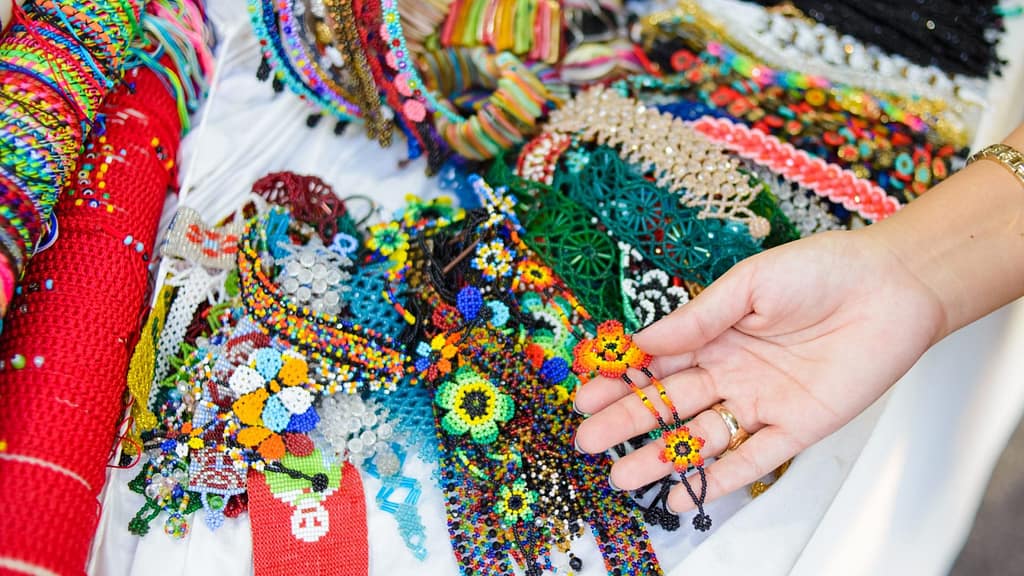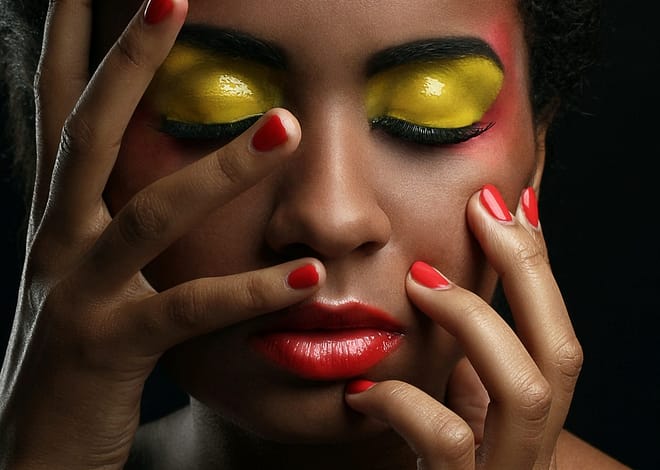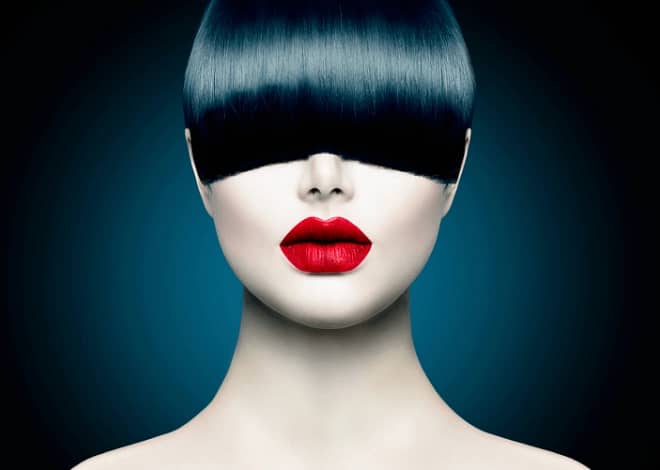
Color Theory in Fashion |Color Mixing and Matching
Color Theory in Fashion |Color Mixing and Matching, In the ever-evolving world of fashion, understanding the basics of color theory is as essential as having a little black dress in your wardrobe. The secret ingredient can make an outfit pop, convey a mood, or express your unique personality. But how do you navigate the spectrum of colors available in your closet to create harmonious and eye-catching ensembles? This guide dives deep into the art of color coordination in fashion, helping you to master the skill of mixing and matching with ease and confidence.
Table of Contents

Color Theory in Fashion |Color Mixing and Matching
Understanding the Color Wheel in Fashion
Before you start pairing colors, it’s crucial to have a basic understanding of the color wheel. Developed by Sir Isaac Newton in 1666, this circular diagram of colors is an invaluable tool in the fashion world. It contains three primary colors (red, blue, and yellow), three secondary colors (green, orange, and purple – created by mixing the primary colors), and also six tertiary colors (combinations of primary and secondary colors).
The Role of Color Psychology in Fashion
Colors are not just a visual experience; they also have psychological effects. For instance, blue exudes calmness and reliability, making it perfect for job interviews or important meetings. Conversely, red is associated with energy and passion and is often chosen to make a bold statement. knowledge the psychological impact of colors can help you choose outfits that look good and convey the right message.
Mixing and Matching Colors: Some Basic Rules
- Complementary Colors: These colors are opposite on the color wheel, such as blue and orange. They create a vibrant look, mainly when used at full saturation.
- Analogous Colors: These colors are next to each other on the colors wheel. They usually match and create comfortable designs. For example, consider a combination of yellow, yellow-orange, and orange.
- Triadic Color Scheme: This scheme uses colors evenly spaced around the colors wheel, such as red, blue, and yellow. It is vibrant but more balanced and harmonious than complementary colors.
- Monochromatic Looks: This involves using different shades and tints of a single color. It creates an incredibly harmonious look and can be very impactful.
Tips for Successful Color Mixing and Matching in Your Outfits
- Start with Neutral Colors: Neutral colors like black, white, gray, and beige are the easiest to combine with other colors and are great for balancing more vibrant shades.
- Use Color to Highlight or Downplay Areas: Want to highlight a feature? Use a bright or light color. Would you prefer to downplay? Opt for darker shades.
- Experiment with Textures: Mixing textures can add depth and interest to your look when working with monochromatic outfits.
- Consider the Occasion: Bright, contrasting colors may be great for a party, but more subdued, analogous colors might be better for professional settings.
- Remember Prints: Pull one color from the print for your other clothing items if you’re wearing a printed piece.
- Balance Your Outfit Proportions: If you wear a bold color on top, balance it with a more subdued color on the bottom, or vice versa.
Accessorize Wisely: Sometimes, an outfit needs a splash of color from your accessories

In fashion, accessories are pivotal in transforming a simple outfit into a style statement. When it comes to enhancing your look, there’s an art to choosing and incorporating accessories. In this guide, we’ll explore how you can elevate your outfit with a strategic splash of color through well-chosen accessories.
1. The Power of a Vibrant Handbag:
A vibrant handbag can be the focal point of your entire ensemble. Whether it’s a bold red clutch, a turquoise tote, or a sunny yellow crossbody, a colorful handbag adds an instant pop to neutral outfits. It draws attention and allows you to experiment with different hues without committing to an entirely colorful wardrobe.
2. Statement Jewelry for a Dose of Glam:
Statement jewelry can transform even the most basic outfit. When aiming to infuse a splash of color, consider bold necklaces, chunky bracelets, or vibrant earrings. For instance, a pair of coral earrings or a turquoise statement necklace can breathe life into a monochromatic or neutral outfit, making you stand out in a crowd.
3. Playful Scarves for Versatility:
Scarves are versatile accessories worn in various ways to inject color into your look. Opt for scarves in lively prints or bold, solid colors that complement your outfit. You can wear them as headscarves, tie them around your neck, or even use them as belt alternatives.
4. Colorful Footwear to Make a Statement:
Remember to consider the impact of colorful shoes. Whether it’s a pair of vibrant red heels, turquoise flats, or yellow sneakers, colorful footwear can instantly transform the mood of your outfit. Use shoes as a focal point by keeping the rest of your look more subdued, allowing your footwear to steal the spotlight.
5. Chic Hats for a Fashionable Edge:
Hats are practical for sun protection and can add a dash of style to your ensemble. Opt for hats in bold colors like emerald green, electric blue, or fiery orange to make a statement. Pairing a colorful hat with a neutral outfit creates a harmonious balance, ensuring your accessory stands out without overwhelming the overall look.
6. Colorful Sunglasses for a Trendy Vibe:
Sunglasses are not just eye protection; they’re a fashion statement. Choose frames in vibrant colors like pink, yellow, or teal to add a playful and trendy touch to your outfit. Colored sunglasses protect your eyes and serve as a fun and functional accessory, especially during sunny days.
7. Subtle Color Blocking with Belts:
If you prefer a more subtle option, consider incorporating colored belts into your wardrobe. A bold belt can break up a monochromatic outfit or add an extra layer of interest to a patterned dress. Experiment with different belt widths and colors to find the perfect balance for your style.
Conclusion
Mastering color theory in fashion opens up a world of possibilities for personal expression through your wardrobe. By understanding the basics of how colors work together and considering the psychological impact of hues, you can create visually co and emotionally resonant outfits. Remember, fashion is an art, and the canvas is yours to color. So, don’t be afraid to experiment and have fun with your clothing choices!


